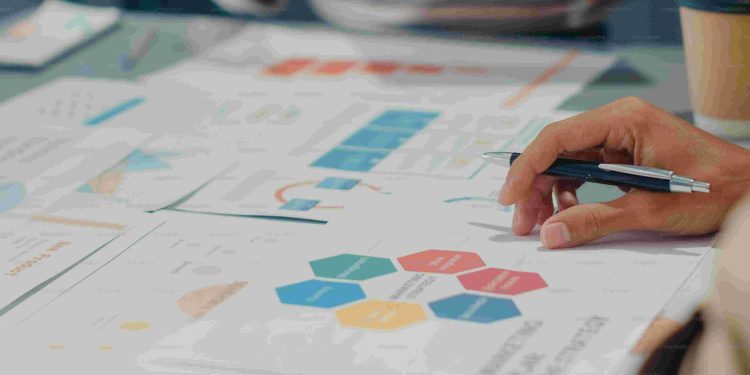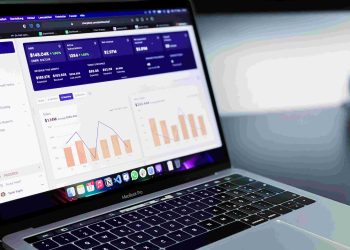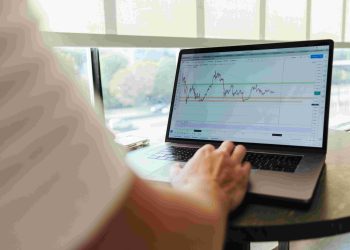Advanced Trend Rating Metrics Analysis
There is no progress without disruption.
The rapid acceleration of technological innovation continues to confound traditional frameworks for assessing trends. It’s no longer sufficient to evaluate progress using static, one-dimensional metrics. What if our focus on the obvious metrics—profit margins, market share, or consumer sentiment—actually blinds us to more profound changes happening beneath the surface? Metrics, once tools of clarity, have become a patchwork of fragmented perspectives, challenging the very way we understand progress.

Years ago, I found myself obsessing over simple performance metrics during a project launch. I meticulously tracked numbers, believing they offered objective truth. However, despite the favorable figures, the project felt … off. Employees reported burnout, partners expressed confusion, and customers only subtly hinted at dissatisfaction. It was then I realized that metrics devoid of context can often be a partial truth, misleading us into a false sense of success.
Reevaluating What Matters
Metrics are not the goal; they are the tools. But too often, organizations and individuals treat metrics as the north star, blindly aligning strategies and decisions to meet arbitrary targets. This mindset is no different from chasing shadows: measurable but ungraspable. Companies like Blockbuster, once seemingly invincible by using traditional metrics like rental revenue, failed to anticipate the broader shifts in consumer preference towards streaming services.
Enter the concept of
holistic metrics
. Borrowing from psychology and sociology, a trend can be rated not just on its immediate results but also its long-term sustainability, societal impact, and emotional resonance. What if we viewed trends like ecosystems? A forest isn’t just rated by the number of trees it holds—it’s judged by biodiversity, interdependency, and resilience. Similarly, organizations must begin to measure trends through a wider lens, encompassing not just financial metrics but also collective human experiences.
Breaking Down Advanced Trends Using Multidisciplinary Tools
Our understanding must transcend silos. For instance, measuring workplace trends can’t merely rely on engagement scores. We should leverage insights from behavioral economics to understand decision-making incentives, from philosophy to examine purpose, and from neuroscience to gauge cognitive loads. Together, these methods allow us to move away from oversimplification and embrace nuanced, interconnected views of progress.
Consider the rise of artificial intelligence. Popular metrics often celebrate advancements in speed or dataset accuracy, but these miss critical implications: how automation could exacerbate income inequality or the existential impacts on human labor identity. Incorporating these perspectives not only helps predict risks but also allows companies to innovate responsibly. This lens requires embracing paradoxes: faster is not always better, and the most widely adopted trend is not inherently the most sustainable one.
Practical Steps Toward Better Metrics
-
Contextualize Your Numbers:
Always ask
why
certain metrics are prioritizing over others. Challenging assumptions ensures no key perspectives are being overlooked. -
Adopt Diversity in Measurement:
Draw metrics from multiple domains like social impact, user sentiment, and ethical alignment. -
Segment Longitudinal Data:
Don’t just analyze snapshots. Observe patterns over extended time horizons to differentiate fads from meaningful trends. -
Use Feedback Loops:
Involve stakeholders at all levels—employees, customers, and community—to refine metrics continuously. -
Embrace Imperfection:
Metrics are not gospel. Accept their limitations and supplement them with qualitative insights instead of chasing absolute precision.
Metrics, by design, are never complete mirrors; they are lenses. It’s up to us to determine whether they clarify or distort reality. Sophistication in metric analysis means less reliance on static frameworks and more flexibility to respond to dynamic contexts.
Looking Forward
The future of trend evaluation will be rooted in adaptability. As we accelerate toward an era defined by rapid technological adoption and more globalized markets, the only constant is change itself. To keep pace, we must remain curious learners, unafraid to challenge orthodoxies and experiment with new models of understanding. As Ray Dalio, renowned investor and thinker, once said, “He who lives by the crystal ball will eat shattered glass.” In this evolving landscape, it’s not only the trends that demand deeper scrutiny but also the very tools we use to understand them.
Today’s leaders must embrace a scholar’s mindset, blending humility with ambition. No system of measurement is flawless, yet through rigorous self-education and willingness to act despite ambiguities, we enable a move toward a better, informed world. At the same time, acknowledging our fallibility creates space for constant recalibration. Metrics, after all, are static representations of dynamic phenomena.










